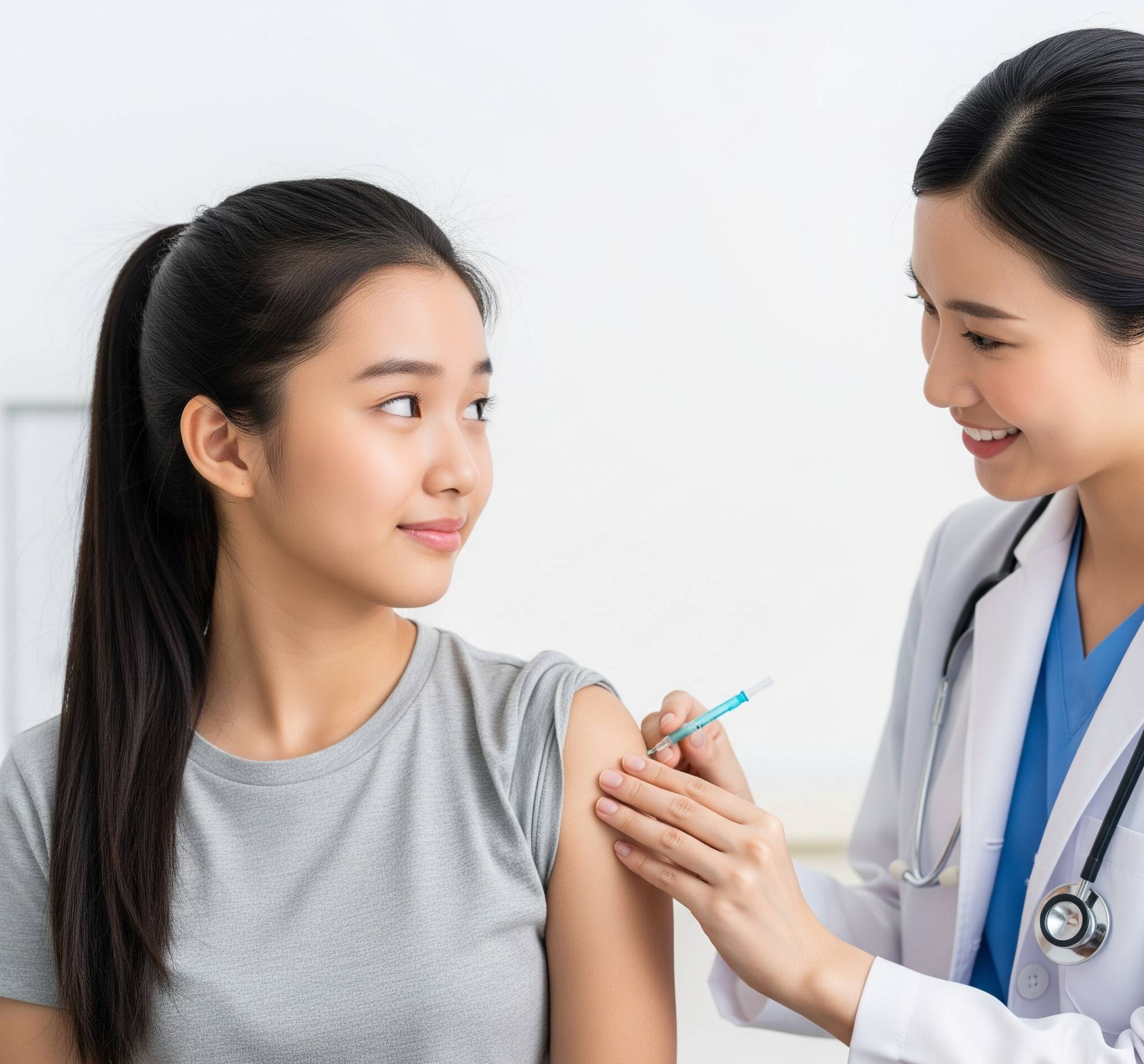Transmission
The human papillomavirus (HPV) is the most common sexually transmitted infection (STI) globally. HPV affects both men and women, with nearly 80% of women contracting at least one strain in their lifetime, according to the Office on Women's Health at the US Department of Health and Human Services.
HPV is transmitted through skin-to-skin contact with an infected partner during vaginal, oral, or anal sex. A person infected with HPV can transmit the virus even if they have no symptoms. HPV can also be transmitted from mother to child during vaginal childbirth.
Symptoms
There are over 100 strains of HPV. Some strains cause genital warts, which appear as sores or bumps in the genital area, throat, or mouth. Other symptoms include vaginal bleeding, and abnormal cervical cells can indicate precancerous and cancerous changes caused by HPV. However, many HPV strains do not cause symptoms, including those that lead to cancer, so most people are unaware they are infected.
Screening
A Pap test (which checks for abnormal cervical cells) or an HPV test on a cervical swab sample can detect HPV and cervical cancer, allowing for early treatment. The American College of Obstetricians and Gynecologists recommends women begin Pap testing around age 21. People from 25 to 65 can have a cervical swab test to look for HPV. This test can be done with a Pap test or instead of a Pap test depending on age.
If low-risk HPV strains are present, those infected can be monitored to see if the cells return to normal or if the virus has been eliminated by the body. Most HPV infections clear up on their own within 24 months of exposure. Most people's immune systems can fight off low-level HPV strains.
 |
Vaccination helps young women prevent HPV-related cancers. Image generated by AI |
Vaccination helps young women prevent HPV-related cancers. Image generated by AI
Cancer risk
There are about 12 high-risk HPV strains that can cause cancer of the vulva (external genitalia), vagina, cervix, throat, or anus. HPV infections that do not clear up can lead to cancer within 3-7 years. According to the World Health Organization (WHO), cervical cancer is one of the 4 most common cancers in women, and many cases are caused by HPV.
A Pap test can examine cells taken from the cervix and detect changes that may be cancerous or precancerous. Regular screening helps detect cervical cancer early, when the tumor is small, has not metastasized, and is easier to treat.
Vaccination age
Vaccines can prevent genital warts and about 90% of HPV-related cancers. Vaccination is recommended for children of all genders from age 11, before the risk of HPV exposure increases with sexual activity. The US Food and Drug Administration (FDA) has approved the HPV vaccine for up to age 45.
Anh Ngoc (From Verywell Health)
| Readers can submit dermatological questions here for doctors to answer. |












